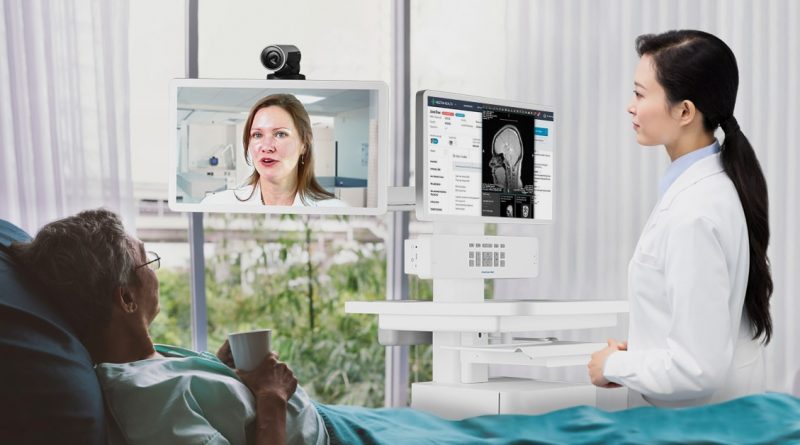Intermountain Healthcare: Optimizing the Provider Experience Through Telehealth Interoperability
In part one of our interview with Intermountain Healthcare, we discussed the health system’s approach to telehealth interoperability from the perspective of the patient.
Part two features Tim Lovell, Director of Operations for Intermountain Connect Care, and Bryan Wang, Connect Care Product Manager, as they talk about Intermountain’s EMR integrations.
Did you launch Connect Care with any type of electronic medical record (EMR) integration in place?
Tim Lovell: We launched Connect Care in 2016 without any type of integration. At the time, we were in the process of rolling out Cerner to all our clinics and so we started that independently. Our direct-to-consumer telehealth program consists of three workflows: on-demand, provider scheduled, and staff scheduled. On the on-demand side, those providers are 100% employed specifically for telehealth. On the scheduled side, those are both providers and staff who are primarily working on in-person care.
What was the provider response?
Tim Lovell: When we were rolling out the non-integrated version of telehealth, the provider and staff adoption was a little bit slower than we had expected. We quickly realized the virtual workflow deviated too much from the in-person workflow, especially on the scheduled side. Based on their feedback, we really tried to integrate the workflow and emulate the in-person care as closely as possible.
Starting on the on-demand side, what did the workflow look like before and after the integration?
Bryan Wang: Our on-demand telehealth providers were documenting video visits in Amwell and then manually indexing those into the Cerner EMR. We also manually posted charges and created the encounters within the Cerner modules. There was a lot of back-end work after the initial encounter.
After the integration, now the patient list automatically flows into the EMR from Amwell. When a patient checks in to a virtual waiting room on the Amwell platform, we automatically create an encounter within Cerner, and the provider clicks into that encounter within Cerner and can start charting right away. Secondly, when they’re charting these virtual visits, the note types within Cerner already have the automatic video visit attestation built-in for legal and privacy purposes, which saves a lot of work for our on-demand providers.
How did the integration change the workflows for the provider and staff scheduling?
Bryan Wang: To give you some context, we have approximately 400 providers within our scheduled system; two-thirds of those are primary care physicians, and one-third are specialty care. Initially, there was a separate login for Connect Care, and we had to rely on staff to monitor the waiting room for patients.
The integrated scheduled workflow brought with it three components. When the provider wants to offer a video visit, they log in to the Amwell platform. Next, they go into the EMR as they would for an in-person visit, go to that specific patient’s chart, and click the video link that automatically brings them into the visit. The system also notifies them when a patient is in the video waiting room. The last component is that the telehealth assistance software populates the video visit window for them to see the patient. Compared to the in-person workflow, there is only one additional step, and that’s logging in to the platform. As we look ahead, there is going to be a more advanced single sign-on integration that eliminates the first step of the provider logging into the Amwell platform.
For the staff scheduling workflow, we recognize that clinic staff, especially schedulers, are one of our key constituents in telehealth adoption, so we wanted to offer a simplified workflow. Originally, no integration meant dual registration and scheduling in both the Amwell and Cerner platforms. By integrating Amwell and Cerner, we made sure that when they scheduled a video visit it was no different than if they were scheduling an in-person follow-up visit. We set up the different appointment types for telehealth within Cerner, and there is also an automatic telehealth designation for billing.
Can you give a high-level technical overview of these integrations?
Bryan Wang: We utilize an HL7 integration, which is the best way to quickly integrate needed components to enable a seamless provider experience. At a high level, the integration falls into three pieces. First is the registration piece, which is how we communicate that the patient has registered in Amwell, and how we sync that information back to Cerner. The second is the urgent care piece that notifies Cerner that a patient has checked into the waiting room and is ready to see a provider. And finally, there is a scheduled video visit piece, which is how we communicate a scheduling transaction from Cerner to Amwell, as well as how we embed the URL video join link directly within Cerner.
To learn more about Intermountain telehealth interoperability journey, watch this webinar recording.


